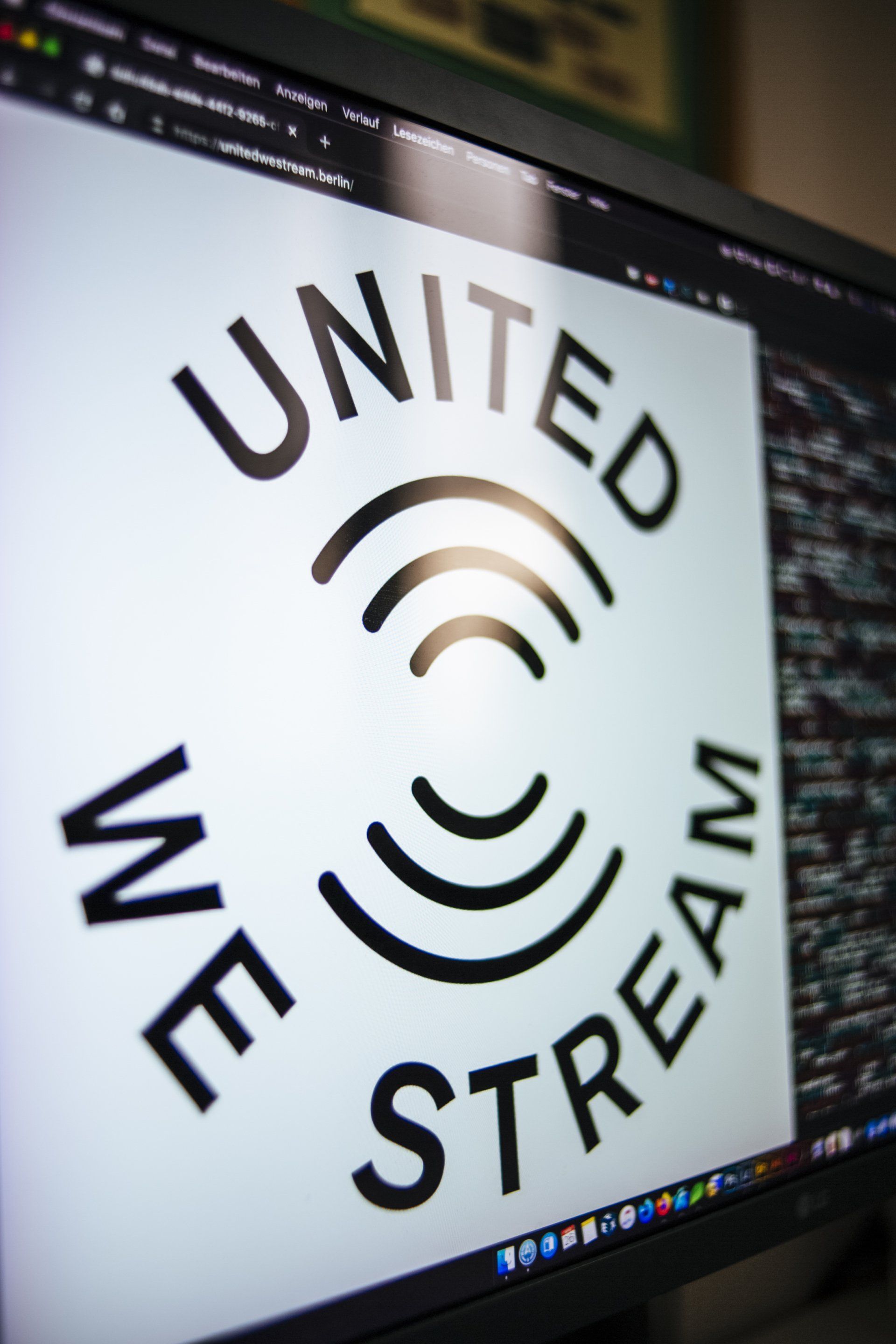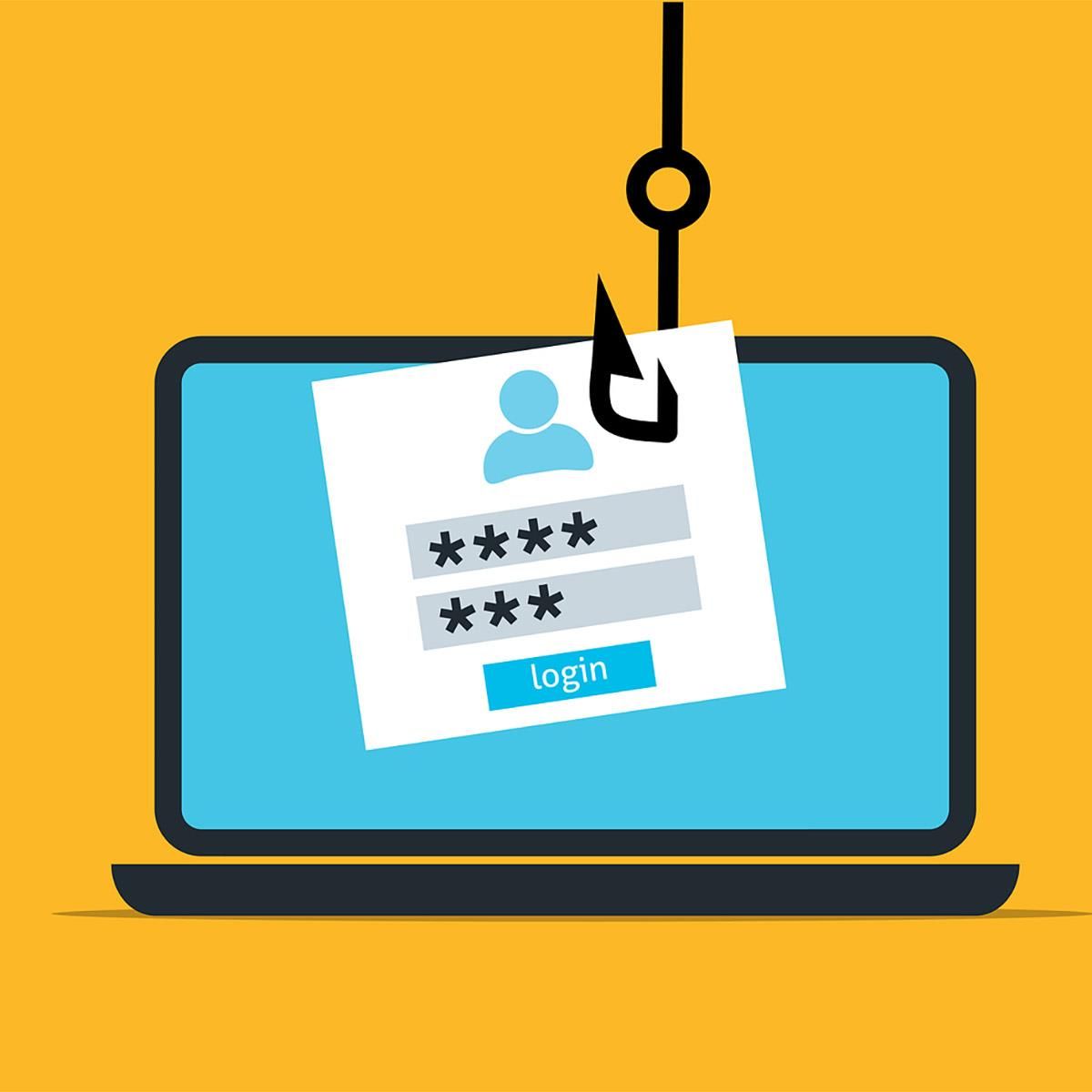🚨 Cyber Crime – Stay Vigilant! 🚨
🚨 𝐂𝐲𝐛𝐞𝐫 𝐒𝐚𝐟𝐞𝐭𝐲 𝐓𝐢𝐩𝐬 🚨

Phishing is one of the most prevalent and dangerous cybersecurity threats businesses face today. At KEYAM Digital, we want to remind our followers that these scams can strike frequently, often daily or weekly, so it’s crucial to stay alert and protect yourself from falling victim to these malicious attacks.
💡 What is Phishing?
Phishing is a type of cyberattack where scammers disguise themselves as legitimate organisations in order to trick individuals into giving up sensitive information such as passwords, financial data, or personal details. These emails are highly convincing, often mimicking trusted brands, business partners, or even colleagues, which is why they’re so effective. 📧
❌ Why is Phishing So Dangerous?
Phishing attacks prey on human error. Even the most advanced security systems cannot prevent an attack if an individual unknowingly clicks a malicious link or provides sensitive information. 🖱️ All it takes is one employee to fall for a phishing email, and the entire organisation can be put at risk—leading to potential financial loss, data breaches, or reputational damage. 😬
📌 Common Types of Phishing Attacks
It’s important to recognise the different forms phishing can take. Here are the most common types businesses encounter:
- ✉️ Email Phishing: Mass emails pretending to be from legitimate companies, sent to a large group of people.
- 🎯 Spear Phishing: Targeted phishing aimed at specific individuals or departments within a business.
- 👨💼 Whaling: A type of spear phishing attack aimed at senior executives or high-ranking officials.
- 📞 Vishing/Smishing: Phishing attempts that come through phone calls (vishing) or text messages (smishing) rather than email.
🛡️ How to Protect Yourself
The good news is there are several effective strategies to protect yourself and your business from phishing attacks. Here are KEYAM Digital's top tips:
- 🔍 Stay Alert for Suspicious Emails: Be cautious with emails that have odd requests, unfamiliar senders, or grammar/spelling mistakes.
- 📧 Always Verify Before Clicking: If you receive an unexpected email, verify the sender's legitimacy before clicking any links or sharing any personal information.
- 🔐 Enable Multi-Factor Authentication (MFA): Even if an attacker gains access to login credentials, MFA adds an extra layer of security by requiring additional verification, such as a code sent to your phone.
- 🚨 Report Suspicious Emails Immediately: Notify your IT team or helpdesk about any suspicious emails. Alternatively, flag them as 'Junk' to report the issue to your email provider.
- 💻 Update Your Systems Regularly: Outdated software can be an easy target for phishing attacks. Ensure your systems are regularly updated with the latest security patches to close any vulnerabilities.
💪 Stay Vigilant
Phishing attacks may be becoming more sophisticated, but with awareness and the right preventive measures, you can significantly reduce the risk to yourself and your business. If you’re ever unsure about an email or feel something is off, don’t hesitate to reach out to us at KEYAM Digital—we're here to help. 🤝
Stay safe out there! 🌐🔐🛡️💻










